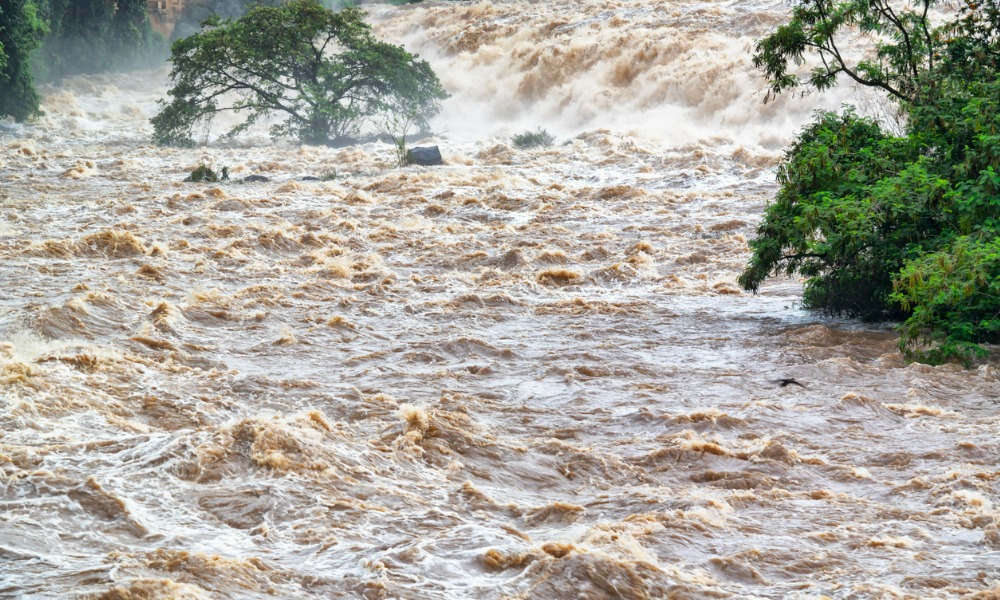Region most at risk from river flooding revealed

An analysis on the flood threat facing New Zealand’s residential property sector has revealed that not only is the average annual cost of river flooding to residential buildings already topping $100 million, but it could also increase by more than 20% by 2050, and greater than 30% by 2100.
Read more: Coastal property investors ignore climate change threat
New climate risk data analysis from CoreLogic and Munich Re showed that 11% of NZ residential property value is exposed to river flood risk and will likely increase to 17% by 2050. Some 5% of the risk-prone properties lie within 100-year flood risk zones today, with the risk tipped to increase to 9% by 2050.
The analysis also identified Otago as having one of the highest flood risk concentrations in NZ when annual average river flood loss is calculated relative to total property value in the region. The region accounts for 5% of total national residential property value but 15% of the national annual average river flood loss.
Read next: CoreLogic discusses technological transformation in mortgage industry
Meanwhile, the major population centres of Auckland and Wellington have been predicted to see increased flood risk into the future, while the Hawkes Bay, Manawatu-Wanganui, and Marlborough regions were forecasted to see some of the highest increases in the average annual flood loss by 2050, potentially as high as 33%, 23%, and 21%, respectively, the analysis found.
“We expect the latest analysis with Munich Re to concentrate the minds of institutional leaders, policymakers, and homeowners alike, and we are already collaborating with industry to provide tailored data and solutions in service of both mandatory reporting and mitigating climate-related risk,” said Alan Gilbert, CoreLogic head of banking and finance solutions.
“New Zealand will see an increase in both the frequency and severity of weather events due to climate change,” said Scott Hawkins, Munich Re Australia managing director. “Weather-related disasters might in sum become as destructive to New Zealand as earthquakes. As the risk increases strongly for many regions, it is essential for communities, commercials, and individuals to understand and manage their exposure to climate risks.”
The CoreLogic and Munich Re analysis is congruent with the July data from the Insurance Council, which showed close to $200 million paid out by NZ insurers for extreme weather claims in the 12 months to June 2022. This compares to the $324 million paid out in 2021 – which was the costliest on record. The data also showed that the flooding of March 2022 cost nearly $120 million, and preliminary claims for the June 2022 storms in the North and South Islands already total $15.5 million.



